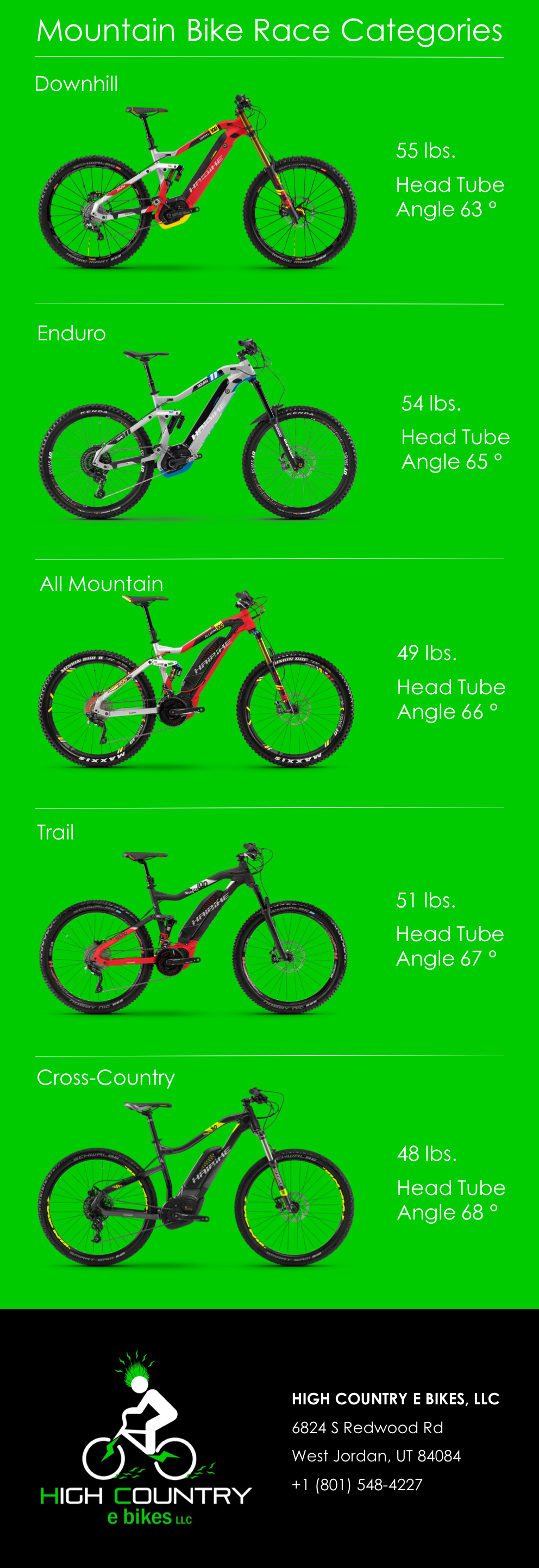Discover How To Ride Your E-Bike Safely And Legitimately By Comprehending The Legislations In Your Location
Discover How To Ride Your E-Bike Safely And Legitimately By Comprehending The Legislations In Your Location
Blog Article
Content Author-Riis Stanton
Before you hop on your e-bike and hit the streets, it's critical to recognize the legislations and guidelines that regulate your city. From rate limitations to assigned riding locations, there's a lot to take into consideration to guarantee you're compliant and safe. By familiarizing on your own with the guidelines specific to e-bikes, you'll be better outfitted to appreciate your experiences with no unexpected lawful problems. Keep tuned to find crucial understandings that will certainly help you navigate the e-bike landscape in your city perfectly.
Comprehending E-Bike Category
When it pertains to navigating the realm of e-bike legislations and guidelines, an important starting point is recognizing the category system that categorizes these electric bikes. E-bikes are generally categorized right into 3 major classifications: Class 1, Course 2, and Class 3.
Class 1 e-bikes are pedal-assist just, indicating they offer help while the biker is pedaling and have a maximum speed of 20 mph. These bikes are allowed locations where conventional bicycles are allowed.
Course 2 e-bikes are outfitted with a throttle that can move the bike without pedaling. They additionally have a maximum speed of 20 mph and appropriate for riders who may require help without pedaling constantly.
Class 3 e-bikes resemble Class 1 yet with a greater maximum speed of 28 miles per hour. These bikes are commonly restricted from particular bike courses or tracks due to their greater speeds.
Understanding these categories is necessary for complying with neighborhood policies and ensuring a risk-free and delightful e-biking experience.
Navigating Speed Restrictions and Restrictions
To effectively navigate e-bike regulations and guidelines, it's crucial to understand the rate limits and constraints that put on different classes of electrical bicycles.
Speed limits for e-bikes differ depending on the classification of the bike. https://www.pearltrees.com/zugobike -bikes, which are pedal-assist just and have a maximum speed of 20 miles per hour, are typically enabled on bike lanes and paths.
Course 2 e-bikes, which have a throttle along with pedal-assist and additionally reach speeds of up to 20 mph, may be restricted in certain areas where motorized vehicles aren't permitted.
Class 3 e-bikes, with pedal-assist up to 28 mph, are normally needed to follow the same regulations as typical bicycles.
It is necessary to comply with these speed limitations and restrictions to ensure your security and the safety of others when driving. Before riding https://ebiketips.road.cc/content/advice/features/discovering-heybike-and-their-range-of-urban-electric-bikes-4831 -bike, acquaint yourself with the specific guidelines in your city to avoid any kind of potential penalties or legal issues.
Where to Ride Your E-Bike
To identify where you can ride your e-bike, it's necessary to be aware of the policies and guidelines particular to your location. In most areas, e-bikes are typically enabled on roadways and streets where traditional bikes are permitted. This might include bike lanes, bike courses, and shared highways. Nonetheless, it's essential to inspect local legislations as some cities might have particular limitations on where e-bikes can be ridden.
When riding your e-bike, always focus on safety and security by following web traffic regulations and respecting pedestrian sidewalks. In addition, bear in mind any marked bike lanes or courses in your location and use them whenever possible to ensure a smoother and safer ride.
Some cities also have regulations pertaining to e-bike usage on pathways, so see to it to acquaint on your own with these guidelines to stay clear of any type of penalties or charges.
Final thought
Now that you're familiar with the legislations and policies surrounding e-bikes in your city, you can with confidence hit the road recognizing where you can ride and what limitations put on your e-bike classification. Remember to always focus on safety and security and follow the rules to make certain a smooth and legal experience. Satisfied riding!
